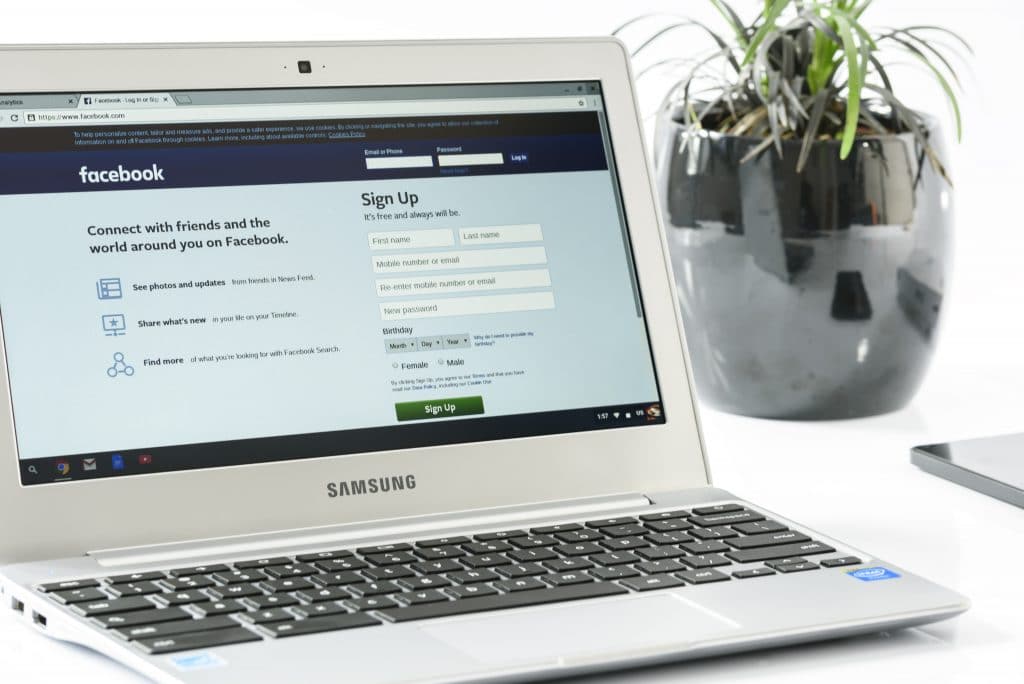
Facebook has gone from a cool college project to be the goliath of social media platforms in the last 15 years. Public sector marketing professionals know the value of Facebook in the public sector.
It was estimated that there were 2.27 billion monthly active users in the autumn of 2018 and 1.15 billion mobile daily active users in December 2016 (both stats are according to Facebook’s own source).
Facebook has pervaded so much of our modern culture that I would be genuinely surprised if your government organisation doesn’t already use it as a marketing channel.
But of course, there’s a difference between using Facebook and using it well.
And there are lots of brilliantly effective tools on this platform, which institutions like yourself can utilise to start meaningful conversations with the public.
In this blog we’re going to briefly outline how you can make the most of them. You can also download my checklist explaining 5 reasons why digital transformation is essential for public sector here.
Getting started
Like any marketing campaign you should start by defining your objectives.
For example, if you’re working for Dublin Bus you may want to use Facebook to:
* Build awareness about our routes and services
* Provide real-time information on how well the bus network is functioning – updating on delays due to accidents, weather events.
* Provide more personalised niche messaging for tourism or wedding planners (wedding bus) and create groups for these audiences.
Mission statement
Once you’ve identified your objectives you can then turn them into a mission statement.
For example, a hospital looking to recruit more staff may want to use Facebook for the following mission statement.
‘We’re going to create a Facebook page to show what it’s like to work here behind the scenes, promote our great achievements and promote our social events. We’re going to show prospective employees we’re a great place to work.’
This now gives you something to aim towards and will become the pillar on which you build your campaign.
Writing all your objectives down and creating a mission statement out of them is the best way to start developing your Facebook strategy | @JSTweetsDigitalClick To Tweet
SWOT and persona development
But before you do it’s no harm to probe a bit further by doing a SWOT analysis.
Recognising where your strengths, weaknesses and threats are and turning them into opportunities is what’s key here, as is understanding your audience.
Creating an audience persona will allow you to hone in on the kind of conversations that most resonate with whoever you want to speak to.
For instance, if your work in Revenue you may want to target the self-employed. So, you’d develop a picture of them regarding their concerns (getting their taxes right, knowing their reliefs, being busy and needing help around clarity).
This allows you to use Facebook in a way that means more to this audience. You’ll stop talking at them and start to converse with them.
Think of your target audience as a single person, then think of kind of things they’d like to talk to your organisation about | @JSTweetsDigitalClick To TweetStarting your conversations
Once you understand your audience and how you can uniquely converse with them, you’re ready to start developing your campaign.
You should start by focusing on your pillar content or your main message. Develop a content calendar and think about which kind of format will best suit your communications on this platform.
Then, take a look at your budget:
* Will you have the funds to hire a brand ambassador to help you?
* Will you like to get a full production team behind a video shoot?
* Would you prefer to hire an experienced illustrator?
* Or do you need to something quick and clever on limited budget?
These kinds of questions will help you decide how best to tell your story in an engaging way.
Your pillar content can then be brought to life through different formats:
Facebook formats and tools
Video/Imagery through your everyday native posts – these can be shot or edited to be repurposed over a long period of time
Facebook live – This is where you can chat live to the public, perhaps give them updates about a weather event or promote the opening of a new exhibition in your public space, or a hiring of a new ambassador.
Events – this is where you can invite members of the public intro smaller niche groups, perhaps you can them exclusive access to a physical event, message a like-minded section of your community, or post specifically for them on a strategically planned schedule.
Think of your target audience as a single person, then think of kind of things they’d like to talk to your organisation about | @JSTweetsDigitalClick To TweetUsing Messenger well
Then if you want to get more personal, you can switch to getting more 1-2-1 conversations on Facebook Messenger.
This can help you build trust.
For instance, a member of the public may frequent your library a lot. A Facebook message may be sent to them with the latest book titles arriving in, or a chatbot might send you a friendly reminder to return some books.
You can also generate new customers and leads this way, as well as grow your existing subscriber list.
Chatbots can be invaluable here as they automate your message and provide interaction for your institution without needing to a have member of staff physically replying and chatting.
Facebook Ads
The other big way to use Facebook is to book ad space to promote your message.
While the platform’s true value is in public conversation, the vast amount of users on Facebook means you can broadcast your messages at scale.
You could, for example, be trying to promote the benefits of road safety towards males in their 20s-30s
Choosing a Facebook ad with an impactful message will let you select and target this audience in a very efficient way.
Then you can leverage these ads by building up your followers and reinforce your message with wider engagement on the RSA page.
Using Facebook Messenger or Facebook Ads allows you to broadcast your message or services in different ways | @JSTweetsDigitalClick To TweetOrganic reach
Using a range of these formats can also help you build your reach organically. This in fact should be your goal, as it won’t involve spending on ads.
While ads can help you build your following, developing clever and engaging organic content can make your brand a part of the current culture, and this should be the aim in the long run.
This is where Facebook’s link with Instagram and their own Facebook Stories can further enhance the cultural relevance and appeal of your organisation.
You could say, use Facebook Stories to show all the work the railway staff do behind the scenes, which will help make their hard work more meaningful to people catching a train to work.
Facebook Live can then bring in your followers further, by showing some of the elements of your brand at work in real time.
And the connection to Instagram can help bolster this exposure further.
After a while you’ll be getting your followers to readily share or generate the content for you.
And that’s the holy grail of making the most of the Facebook platform.
Organic sharing of your posts and user generated content is the ultimate aim for all your Facebook content. Get your audience to share your message with their friends for you | @JSTweetsDigitalClick To TweetGreat example of use of Facebook in the Public Sector
Iarnród Eireann have long battled to win over a sympathetic audience when it comes to unforeseen delays, or the work required keeping their tracks open due to inclement weather.
But they have slowly been making good use of Twitter and Facebook to give their audiences a more behind-the-scenes look at the challenges and risks faced by their staff.
And when storm Emma hit last year with blizzard like conditions, they were able to show and tell the inside story of how they kept the trains running to tremendous social success.
So much so that they won the internet.
Want to know more?
So, as you’ll have read it’s not just about what you have to say and how to say it, it’s about what the public have to say about you that counts.
Developing meaningful conversations in clever engaging ways is the best way to make the most of Facebook and let you audience adopt your organisation as a part of their everyday culture.
If you’d like to know more about making the most of Facebook, then please don’t hesitate to contact us.


 JOIN OUR FACEBOOK GROUP
JOIN OUR FACEBOOK GROUP
Leave a Reply